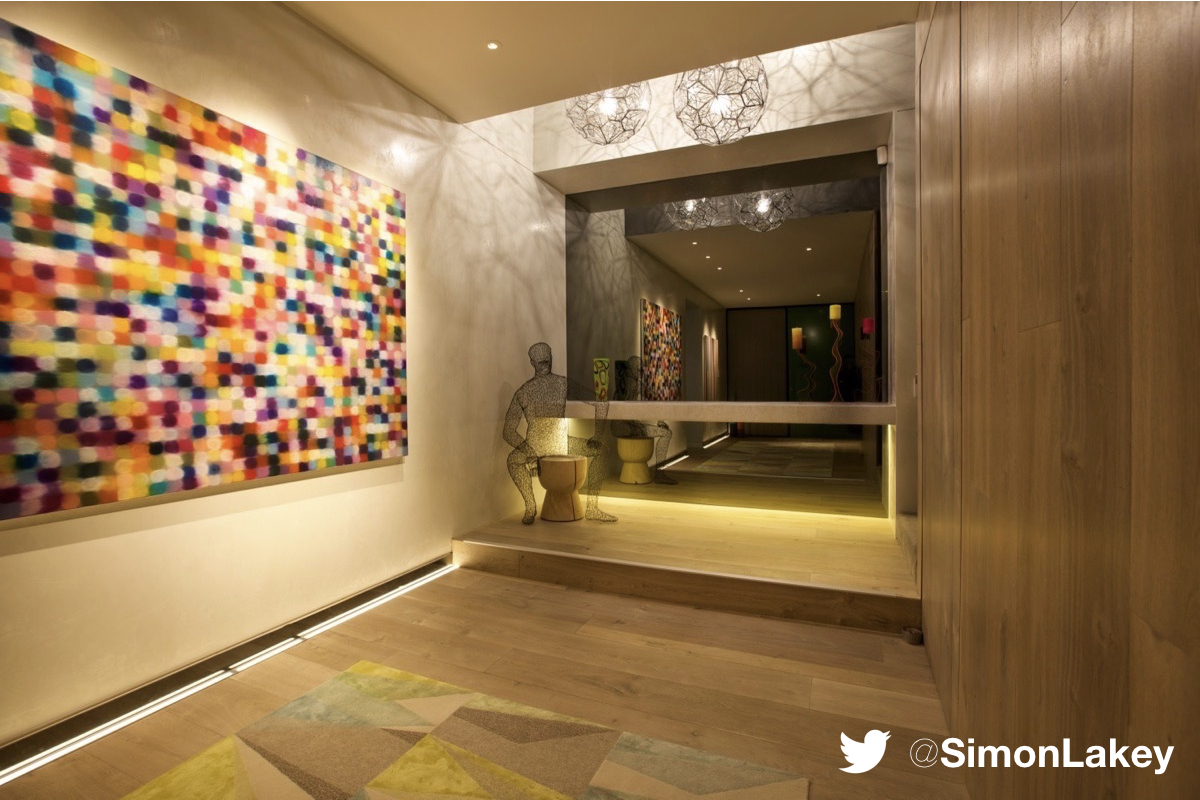The words ‘Smart Home’ (sometimes known as home automation, intelligent home etc.), gets mentioned a lot, and can be confusing for many.
I avoid using ‘smart home’ (or variations of), as it often implies the addition of unnecessary, complicated, cumbersome electronic technology solutions, that might require a rocket science degree to operate, and an unlimited financial budget to implement.
All homes have the ability to be smart, on different levels. Keeping in mind that technology doesn’t neccessarily have to be electronic, houses have evolved to incorporate various technologies, and have become more electronic as our awareness to have them better connected to ourselves and the outside world is realised.
All homes have multiple services and utilities; electricity, gas, water, security, television, internet, etc. that can be integarted and connected to be provide better comfort, convenience, security, and energy efficiency.
Imagine your home being customised based on what you are doing at particular times of the day: Lighting automatically dims to provide a relaxing ambience at night, or becomes brighter for dedicated tasks. Heating and cooling automatically turns on and adjusts to the optimal temperature. Your home can automatically adapt to make your living environment more comfortable.
We are very predictable in our daily lives – from when we wake up, exercise, go to work, return home, eat, relax, and sleep. Many systems in and around the home can be automated, based on our daily routines: Blinds and curtains can open at sunrise, and close at night, or close when it’s too bright or too hot. Lights can turn on when you arrive home at night, or turn off when a room is vacant or nobody is home, providing new levels of convenience.
The security and safety of your home, family, and property can be greatly enhanced. Outdoor lighting can automatically illuminate your property to deter unwanted activity, and turn on at night when there is movement. Keyless entry frees you from fumbling for keys when you come home, with automated lighting illuminating your home. Video cameras can not only record, but provide personal alerts to notify you in real time when there is irregular activity, even when you are not at home.
A home can know exactly when it is day and night, summer and winter, or when it is occupied. Power and lights can automatically turn on and off, and adjust to the optimal brightness, only when needed. Heating and cooling self-adjusts to maintain ideal comfort levels. Your home’s energy usage can be optimised to incorporate alternate energy such as solar, battery storage, and electric vehicle charging. Controlling power improves energy efficiency – saving money, and reducing carbon footprints.
By definition, a home that is smart or intelligent, can change it’s state in response to various situations. With many homes already having various technology products and systems, the benefits of having the right technologies integrated can be easily realised, to seamlessly connect our homes and lifestyle.
With developments in artifical intelligence and machine learning, we are getting closer to having technologies learn and respond, based on our habits, routines, and past experiences. For our homes, this will be the next exciting step to improve our lifestyle.
In the same way that cars evolved to incorporate electronic technologies, similarly, houses will follow. Electric windows, automated heating and cooling, handsfree communication, and improved vehicle safety are examples that are so common that they are now standard in modern cars.
Features and benefits of home and lifestyle technologies are endless, as they can be customised for your lifestyle. With the right advice, technology can greatly benefit our lifestyle, with improvements in comfort, convenience, security, energy efficiency.


